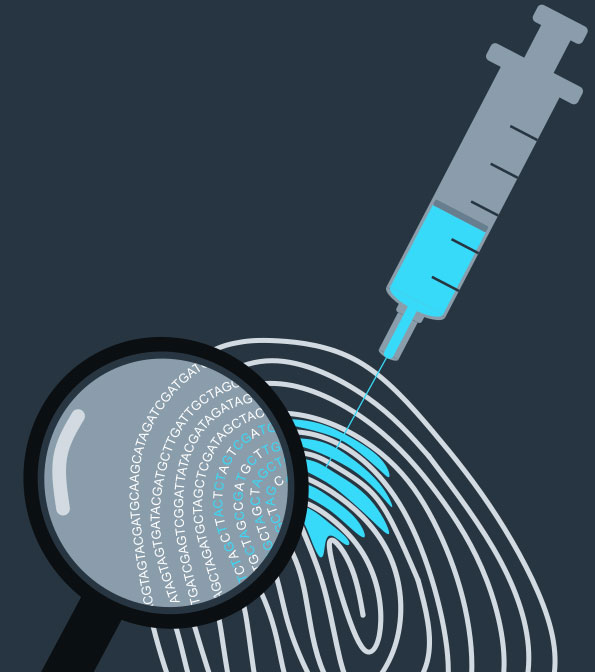As we age our cells accumulate mutations due to a number of different processes. The source of these mutations can be exogenous (e.g., solar radiation, tobacco smoke or some toxic substance) or endogenous (e.g., errors in DNA copying). Each of these mutational processes leave a specific footprint in the DNA, which we call its mutational signature or footprint.
Since many cancer treatments affect DNA, we reasoned that they may leave a specific mutational footprint in the DNA of the cells of treated patients.
We analyzed the mutations identified in the genomes of more than 3500 metastases of formerly treated patients and using ad hoc bioinformatic analyses, we identified the mutational footprints of six therapies widely used for the treatment of cancer (five based on drugs used as chemotherapies, and radiotherapy).
Using these footprints, we then can quantified the mutations likely caused by each kind of chemotherapy. We expect that these findings will allow for precise assessment of the mutational risk of different cancer therapies to understand their long-term side effects.
Reference
